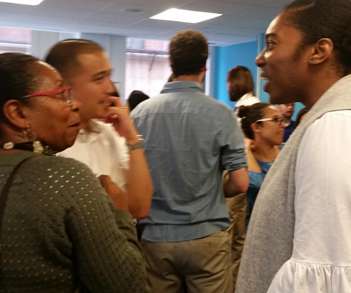How grant makers and nonprofit grant recipients can do great things together with data and evaluation
Deborah Elizabeth Finn
JANUARY 28, 2018
Studying (and implementing) community-based participatory research methods. __. This work is licensed under a Creative Commons Attribution-NonCommercial-NoDerivs 3.0 Unported License. __. Not all programs and outcomes are identical, but very few are entirely sui generis. Sharing responsibility for building the relationship.















Let's personalize your content